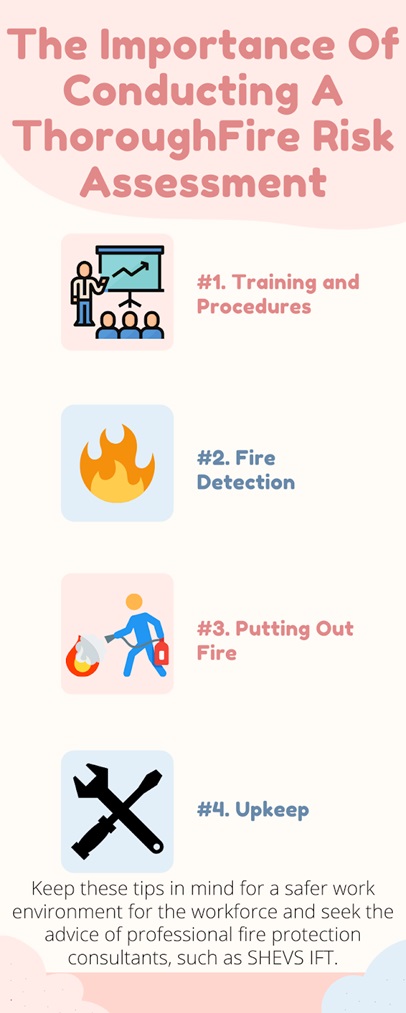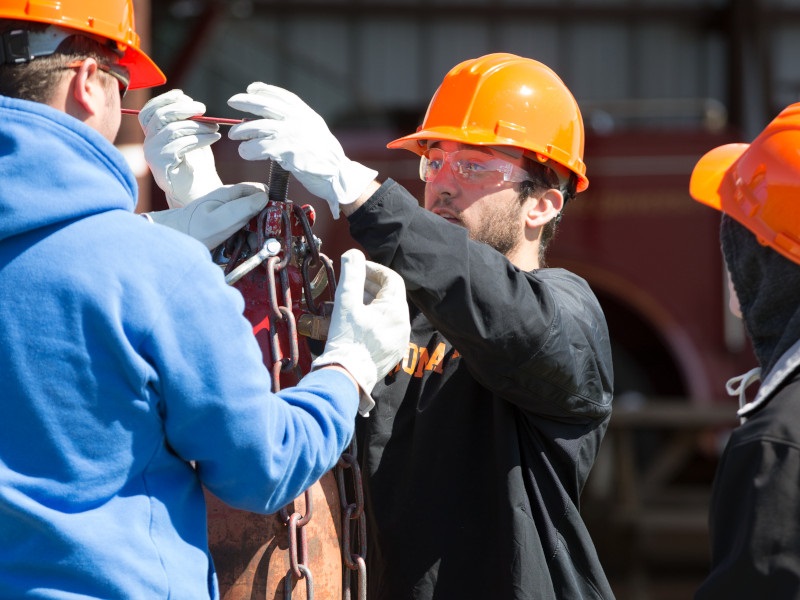A fire risk assessment will consider the existing fire safety system and regulations in place. It also addresses potential solutions that you can put in place to reduce the likelihood of a fire at workplace accidents, which would pose a threat to the safety and health of individuals in the area and those nearby. It could also be potentially toxic due to harmful gases released into the atmosphere from burning material.

The following are some considerations to keep in mind while conducting a fire risk assessment:
#1. Training and Procedures
Making things up as you go while a fire spreads around you is a waste of time that could cost you your life. Before an emergency, a comprehensive strategy contains details such as who is accountable for what in the case of a fire and evacuation and assembly processes. You must inform employees of this as part of their safe work procedures and through regular refresher sessions. Workers will gain a great lot of knowledge about fire safety if they attend fire safety courses.
#2. Fire Detection
To give employees the best possibility of escaping a fire, you must make every effort to spot it as quickly as possible. If they can notice the fire emerging earlier, they will have more time to gather their senses and do the right thing.
Workers must identify the alarm sound, learn what it means, and know what to do if they hear it. To allow the warning system to take effect promptly, you must position alarm points within easy reach.
#3. Putting Out Fire
While you should let the fire department handle large flames, you can address little fires and extinguish them before they progress and become too detrimental. You may do this as long as staying and fighting the fire does not put an individual at risk.
To accomplish so, appropriate firefighting gear, such as the required kinds of fire extinguishers, must be made accessible, and you must train workers to use the equipment when needed.
#4. Upkeep
Poorly maintained machinery and firefighting gear can lead to a fire igniting, escalating, and becoming a significant health risk that could have been prevented. As a result, appropriate upkeep is essential when it relates to fire safety, such as maintaining your jet fan ventilation system.
The Takeaway
This article highlights what to consider when planning, conducting and assessing a fire risk assessment. Keep these tips in mind for a safer work environment for the workforce and seek the advice of professional fire protection consultants, such as SHEVS IFT.




